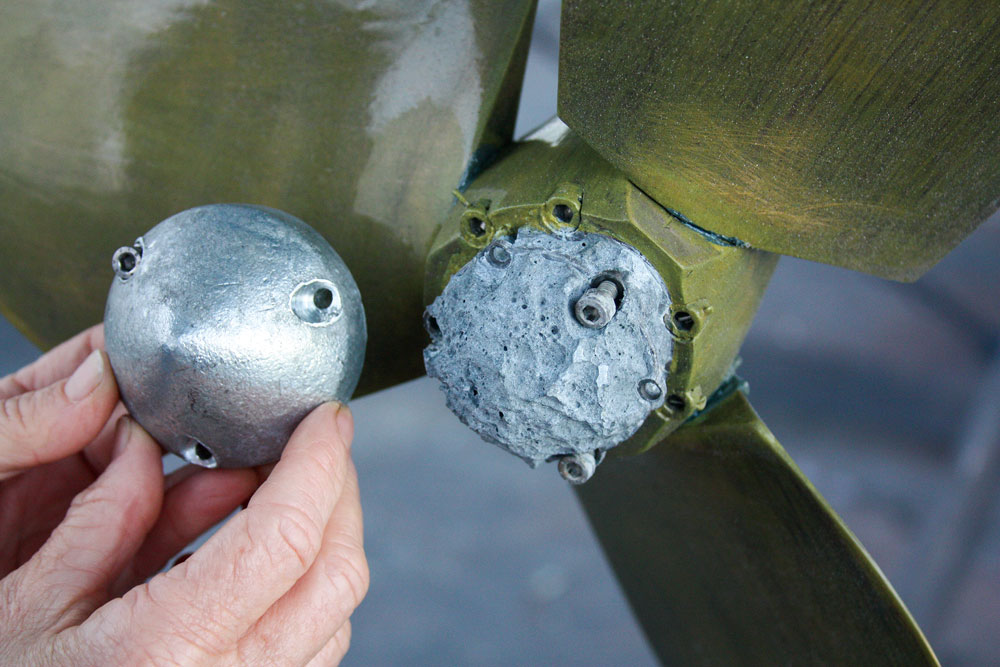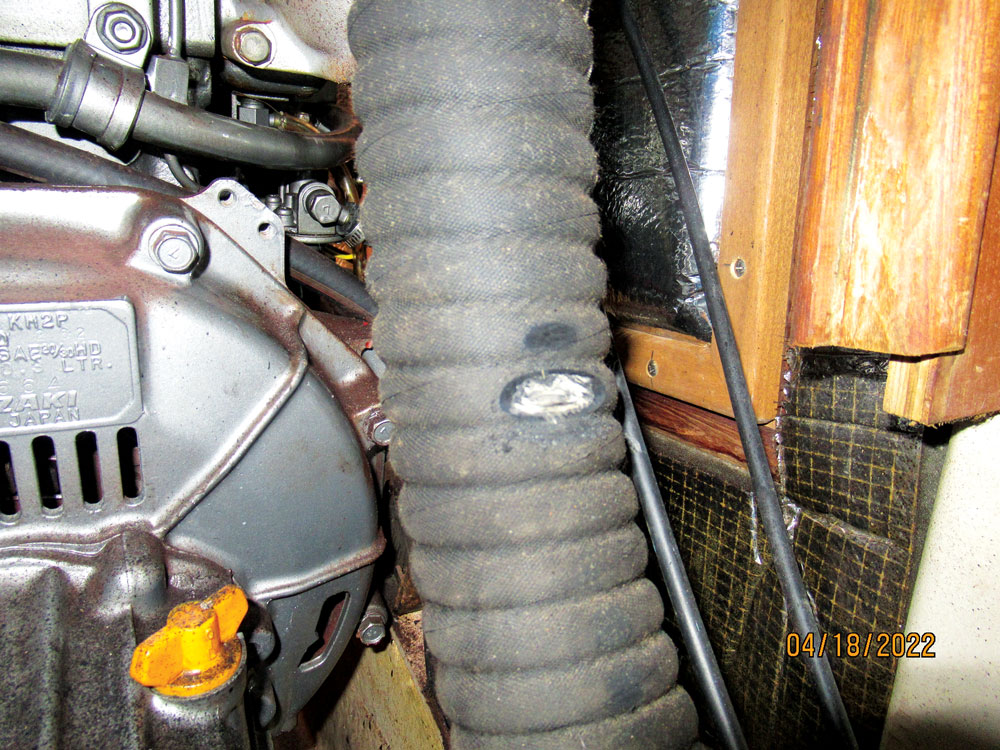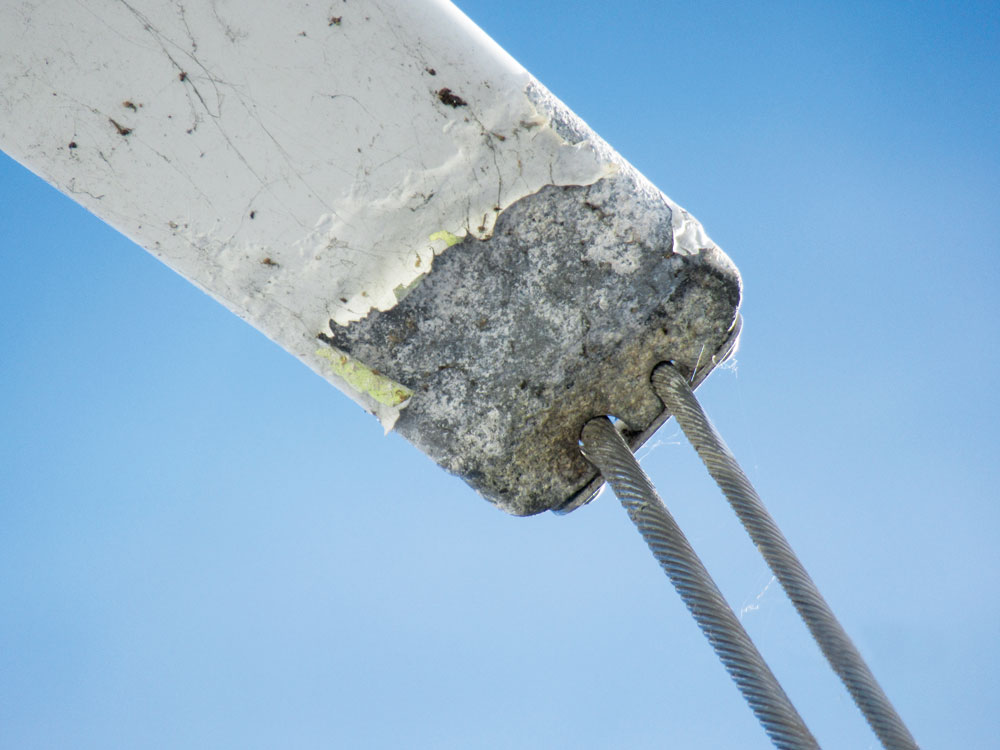Ready to sail
Finding issues before they become big problems should be at the top of every boat’s fitting out list
Mind the propeller

Perhaps it’s natural for sailors to take a boat’s propeller for granted, but it’s a crucial part of the operation and, given the nature of when sailors run the engine, if it does fail it will be at a very inconvenient time.
Check out the prop blades. If the edges are dinged, dented or the blades have a lot of play in them, even the shiniest propeller won’t be up to snuff. In these cases, sending the prop in for service by a manufacturer’s representative such as AB Marine is the right call, as this is not a DIY project.
This is also the time to replace sacrificial anodes showing wear. The anode on the prop at the left is completely degraded.
Systems matter
Any fitting out checklist includes basic engine maintenance such as changing the oil and changing the impeller if it has been a couple of years since it was replaced. Checking the supply of spares carried on board, including an impeller, belts and filters, is also a good idea.
But other engine-related parts should be given a quick check, particularly on older boats, as such parts are not meant to last forever.

Hoses, in particular, are easy to forget about. So long as the hose clamps are properly tightened, we assume that the hoses must be working well. But hoses are prone to cracking with age or can get worn from friction if they are chafing on something.
This causes hose failures, which can lead to engine failure, or, in the case of exhaust hoses, can cause a dangerous release of toxic gas and water into the boat. Any sign of cracking, wear or chafing is unacceptable. Don’t bother trying to fix them; replacement is the right move.
Drainage or intake hoses below the waterline should also be examined, as failure of these can lead to sinking. Again, any sign of wear is cause for replacement. This includes, sink, anchor locker and cockpit drainage hoses along with intake hoses for engine cooling, raw water washdown and raw water supply to the head.
A general check of wiring connections is also important. In the photo below, a crucial grounding wire has no nut securing it. Most wiring starts out in great shape but the wear and tear on a boat that is constantly moving and heeling can work the fittings loose.
Don’t forget to look up
Athorough check of the rig is always a good idea before launch day, and it’s particularly easy to do if the rig
is removed.

It’s also an excellent time to replace masthead, anchor or windex lightbulbs if necessary. Swapping out for LED bulbs can save battery power.
Of course the spreaders serve a crucial role in keeping the mast up, and if they look like the one in this photo, which are badly degraded, don’t delay in replacing them.

Comments